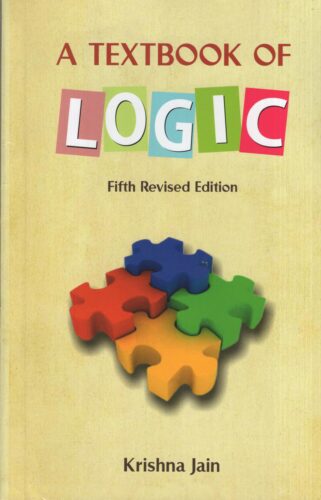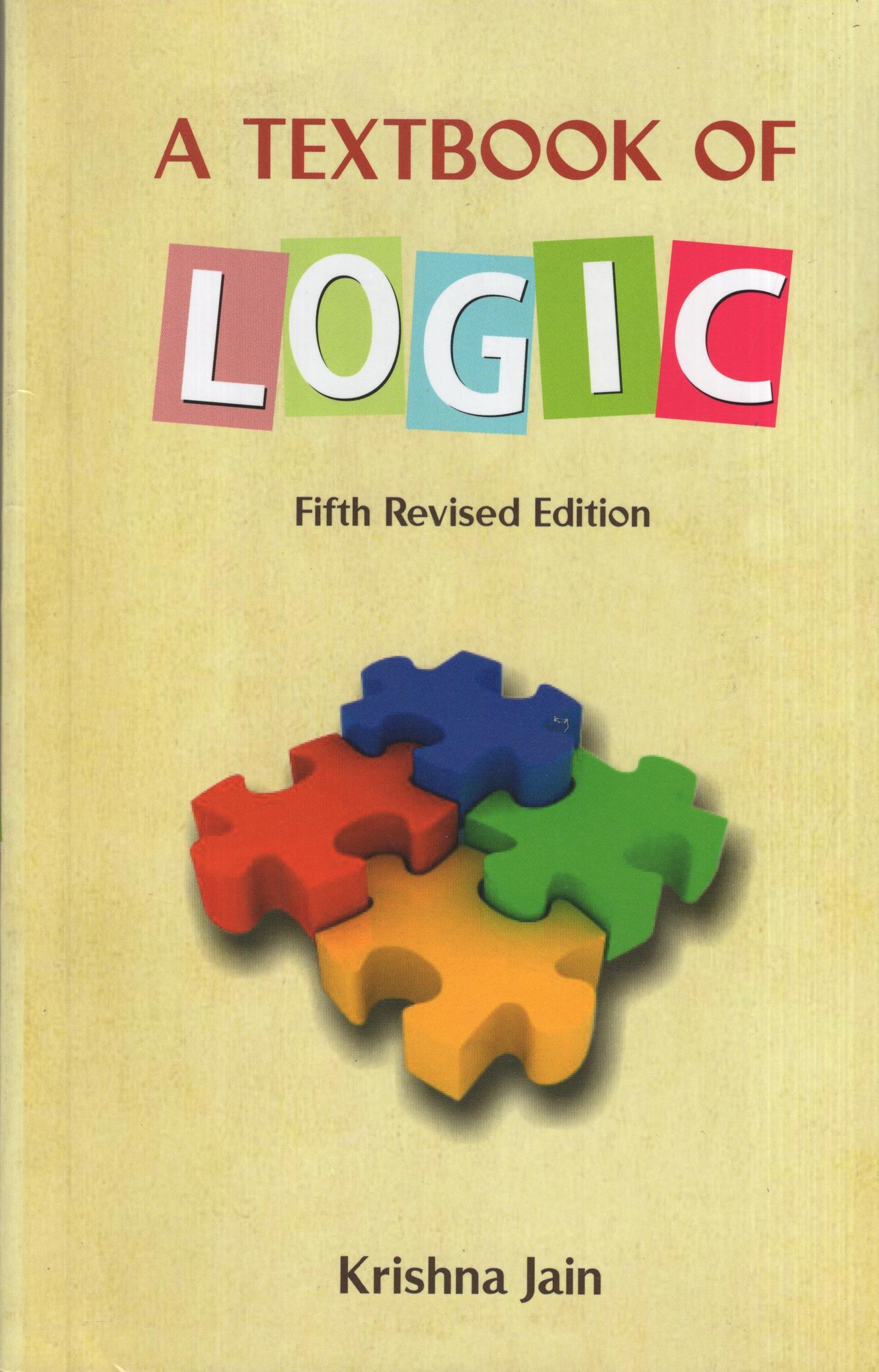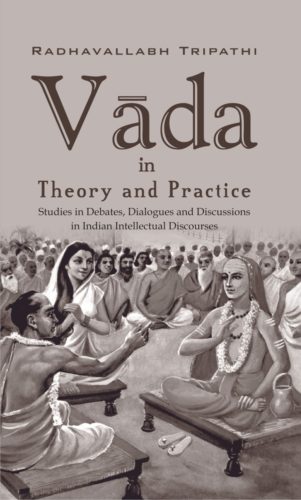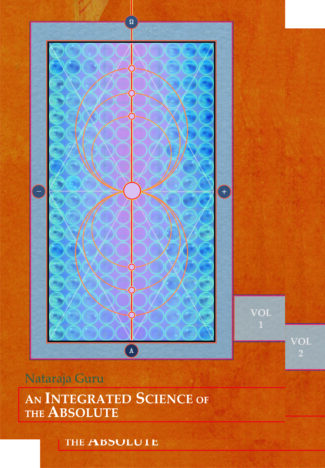

Textbook of Logic (5...
Textbook of Logic (5th Revised edition)
by: Krishna JainThis book sets forth the principles and procedures of elementary Logic in a more simplified way. The enlarged edition of A Text Book of Logic Þ An Introduction, it includes an additional chapter on Uses of Language and its Functions besides the main topics on Deductive, Inductive and Symbolic Logic prescribed by various universities.
Original price was: ₹340.00.₹306.00Current price is: ₹306.00.
ISBN: 9788124606483
Year Of Publication: 2013
Edition: 5th
Pages : xiii, 381 p
Bibliographic Details : Bibliography
Language : English
Binding : Paperback
Publisher: D.K. Printworld Pvt. Ltd.
Size: 23cm.
Weight: 450
The present book is the fifth enlarged edition of the earlier book A Text Book of Logic An Introduction. The current edition includes additional chapters on Arguments and Explanations, and Dilemma. Like the earlier book, the present book sets forth the principles and procedures of elementary Logic in the most simplified way and is specifically designed and intended for the use of undergraduate students. It contains almost all the main topics on Deductive, Inductive and Symbolic Logic prescribed in the syllabi of different universities in the country.
The book attempts to present a clear perspective on Logic as a science of correct reasoning. In the introductory chapter the aim of Logic and the task of a Logician are elaborated. Other topics covered here are Terms, Propositions, Immediate Inference, Syllogism, Boolean Equations, Venn Diagrams, Anti-Logism Theorem, Truth Functions, Truth Table, Deductive Method, Predicate Calculus, Scientific Inductions, Causation, Mill’s Methods and Informal Fallacies to mention a few. All the topics are explained with the help of diagrams and lucid examples. Each chapter is followed by plenty of fresh and exclusive exercises for the benefit of students.
Preface to the Fourth Edition
Preface to the Third Edition
Preface to the Second Edition
Preface to the First Edition
Part I
1. Introduction
Subject Matter of Logic
Arguments
Form and Matter
Truth and Validity
Deduction and Induction
2. Function and Uses of Language
Language Makes Thinking Possible
Various Functions of Language
Informative Function
Expressive Function
Directive Function
Conclusion
3. Section A — Proposition: Traditional Account
Traditional Classification of Propositions
Categorical Propositions
Quantity and Quality
Reduction of the Sentences into Standard Logical Form Propositions
Exercise 1
Section B — Modern Logicians Treatment of Categorical Propositions
Existential Import
Boolean Analysis of Categorical Propositions
John Venns Diagrams
Exercise 2
Modern Classification of Propositions
Categorical Propositions
Singular Proposition
4. Terms
Distribution of Terms
Quantity of a Proposition
Quality of a Proposition
Denotation and Connotation of Terms
Relation Between Connotation and Denotation
Types of Terms
Singular and General Terms
Concrete and Abstract
Positive and Negative Terms
Contradictory terms
Contrary terms
Collective and Distributive terms
5. Square of Opposition
Modern Logicians Square of Opposition
Exercise 3
6. Immediate Inference (Education)
Education
Conversion
Summary
Observation
Summary
Contraposition
Summary
Solutions
Immediate Inference (Eduction) in Modern Logic
Exercise 4
7. Section A — Categorical Syllogism
Figures of Syllogism
Moods of Syllogism
Standard Form Categorical Syllogism
Exercise 5
Exercise 6
Section B — Validity of Categorical Syllogism: Traditional Method
Rule No. 1
Rules Related to Distribution of Terms
Rule No. 2
Rule No. 3
Rules of Quality
Rule No. 4
Rule No. 5
Rule of Quantity
Rule No. 6
Special Rules of 1st Figure
Special Rules of 2nd Figure
Special Rules of 3rd Figure
Special Rules of 4th Figure
Exercise 7
Section C — Validity of Categorical Syllogism by Modern Method
Exercise 8
The Antilogism
Exercise 9
Section D — Non-categorical Syllogism
Disjunctive Syllogism
Hypothetical Syllogism
Mixed Hypothetical Syllogism
Pure Hypothetical Syllogism
Exercise 10
8. Laws of Thought
Part II
9. Symbolic Logic : Its Nature and Character
Logical Form and Validity of an Argument
Advantages of Using Symbols
Inference and Implication
10. Symbolization
Symbolization of Compound Propositions
1. Conjunctive
2. Disjunctive
3. Implication
4. Equivalent or Biconditional Proposition
Exercise 11
11. Truth Function
Negative Function
Conjunctive Function
Disjunctive Function
Alternative Function
Implicative Function
Paradox of Material Implication
Equivalent Function
Interdefinability of Truth Functions (Constants)
Stroke Function
Exercise 12
12. Truth Table Method as Decision Procedure
Truth Table Method
Illustrated Statement Forms
Exercise 13
Testing the Validity/Invalidity of the Argument
Forms and Arguments by Truth Table Method
Exercise 14
13. Shorter Truth Table Method (Reductio ad absurdum or Indirect Method)
Exercise 15
14. Formal Proof of Validity
Modus Ponens (M.P.)
Modus Tollens (M.T.)
Disjunctive Syllogism (D.S.)
Hypothetical Syllogism (H.S.)
Constructive Dilemma (C.D.)
Conjunction (Conj.)
Simplification (Simp.)
Addition (Add.)
Absorption (Abs.)
Some solved examples
Exercise 16
15. Section A — Predicate Calculus
Singular Propositions
Exercise 17
Section B — Validity
Exercise 18
Section C — Invalidity
Exercise 19
Part III
16. Induction
Types of Induction
Introduction by Simple Enumeration
Introduction by Complete Enumeration
Introduction by Analogy
Scientific Introduction
17. Causation
Plurality Theory of Causation
18. J.S. Mills Experimental Methods
Method of Agreement
Method of Difference (Disagreement)
Joint Method of Agreement and Difference
Method of Residues
Method of Concomitant Variation
Assessment of the Methods
19. Hypothesis
Conditions of Valid Hypothesis
Verification
Verification of a Hypothesis
Proof of a Hypothesis
Crucial Instances
Part IV
20. Informal Fallacies
Formal Fallacies
Informal Fallacies
Verbal Fallacies (Fallacies of Ambiguity)
Non-verbal Fallacies of Matter (Fallacies of Relevance)
Select Bibliography










